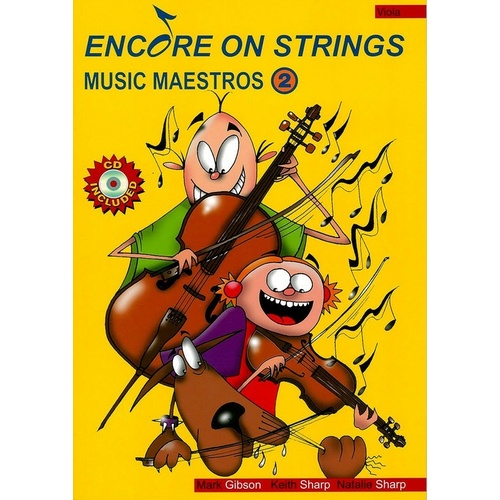

- All for strings theory viola code#
- All for strings theory viola Offline#
- All for strings theory viola download#

For example “Sul G” means “use the G string”. Sul means “on” and is used with the letter name of a particular string, to indicate that that string must be used. Don’t confuse with “measured repeated notes”! The repeated notes are often marked with a slash, and the term tremolando (or one of its abbreviations) is always used in the exam papers. Tremolando (or tremolo, or trem.) is a shimmering effect created by quickly alternating between up and down bows. The following extract is from a violin part, showing triple stops. When the player sounds two notes simultaneously, he/she draws the bow across two strings at the same time. This allows higher partials of the note to be audible and changes the timbre of the sound produced.ĭouble and triple stop String instruments can play chords. ° This small circle symbol indicates that the player should lightly touch the string as he/she plays, in order to produce the effect of “harmonics”. Don’t confuse it with an accent!Īlso written above the stave, this is a “down bow” symbol – the player should draw the bow downwards to play the note. Written above the stave, this is an “up bow” symbol, which means the player should push the bow upwards to play this note. Pizzicato (or pizz.) is an instruction to pluck the string with a finger, rather than the normal method of using the bow.Īrco is used after a pizzicato instruction, to show that the normal bowing method should be resumed. This is not an exhaustive list however, and you should strive to increase your knowledge by studying musical scores as you listen, and looking up any unfamiliar words or symbols you find. In this section we’ll look at some of the instrument specific musical terminology and facts that have appeared in past papers for Grade 7.
All for strings theory viola code#
The original BeepBox source code by John Nesky can be found here.Instrument Specifics for Grade 7 Score Reading Questions
All for strings theory viola download#
You can download and use the source code under the MIT license.
All for strings theory viola Offline#
You can download an offline version of JummBox to use when you don't have access to the internet. JummBox does not collect, track, or share any user data. All song data is contained in the URL after the hash (#) mark, and JummBox running inside your browser converts that data into sound waves.

No songs are ever received, recorded, or distributed by JummBox's servers. Neither Jummbus nor Jummbox assume responsibility for any copyrighted material played on JummBox. JummBox does not claim ownership over songs created with it, so original songs belong to their authors. You can find him sporadically at /jummbus.īeepBox was originally developed by John Nesky, also known as next oldest version of JummBox is available here. If you find something you like, you should let the creator know!Īnd if you see any beginners asking for advice, maybe you can help them! You can also click on the label next to each option for a description of what it does.Ĭheck out some of these songs that other people have posted on Twitter! Try playing with the buttons and menus on the right side to find out what it can do! You can then press C/V to mass copy/paste parts of your song. You can perform fine volume adjustment if you hold Control while doing this!ĪDVANCED: Click and drag on the pattern grid to make a selection. You can also click above or below an existing note to add more notes to be played simultaneously, which is called a chord.ĪDVANCED: Drag vertically from an existing note to bend its pitch, or drag vertically from above or below the note to adjust its volume. In the note pattern editor, you can click and drag horizontally on a note to adjust its duration. These are just a few shortcuts, check JummBox's edit menu for more!.Shift & Drag: select part of a pattern (long press on touch screen).F/H: move to First or Highlighted pattern.0-9: assign pattern number to selection.Shift Spacebar: play from mouse location.When JummBox has focus (click on its interface above), you can use these keyboard shortcuts:


 0 kommentar(er)
0 kommentar(er)
